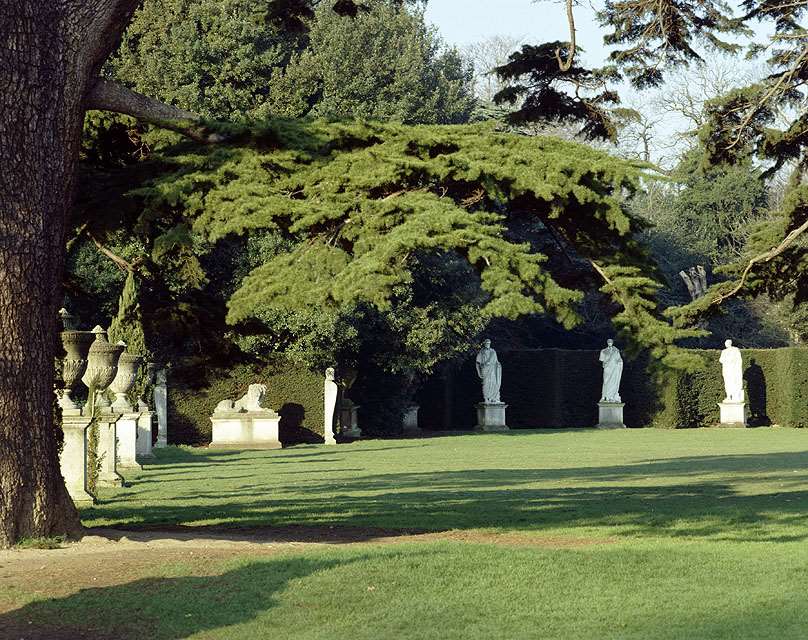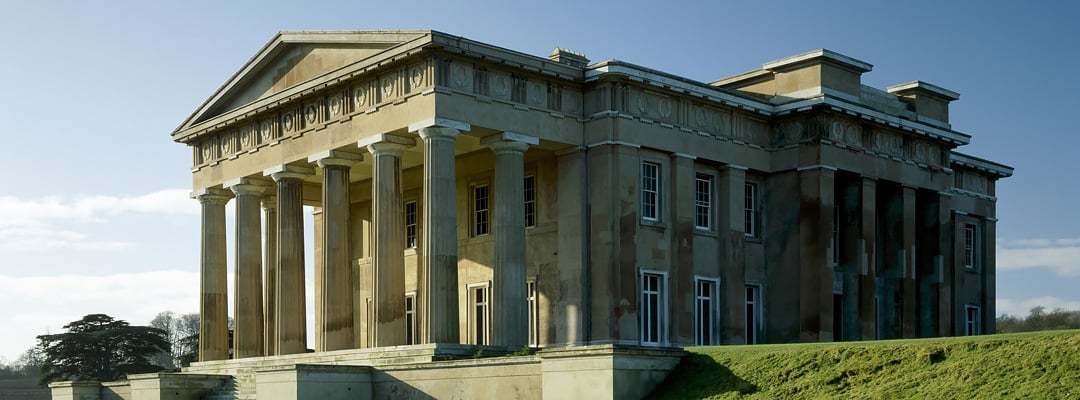
The Hanoverians came to power in difficult circumstances that has to do with the stability of British society. The first of their Kings was George I.
The Hanoverian period was remarkably stable, not least because of the longevity of its kings. From 1714 through to 1901, there were only six monarchs, one of whom, George III, remains the longest reigning king in British History. Queen Victoria then surpassed her grandfather in both age and length of reign.
It was also in this period that Britain came to acquire much of her overseas empire, despite the loss of the American colonies, largely through foreign conquest in the various wars of the century. By the end of the Hanoverian period, the British Empire covered a third of the globe.
The Georgians are celebrated for their architecture and gardens. At the start of the Georgian period, parks and gardens had formal layouts with well-defined axes and avenues. But the growing fashion for scenery, accompanied by theories on nature and on how painterly principles might be used, led to more naturalistic designs that were an early expression of the Romantic movement. Towards the end of the period, picturesque theory sanctioned the return of formality to the garden. Surrounding plantations were appropriated or planted, and given meandering paths connecting openings decorated with temples, statues, rustic ruins, eyecatchers and water features.
The classic Georgian building is the Classical country house, standing alone in its own landscaped park. But this is also the period that saw the first steps towards a coherent approach to town planning.

Comentarios
Publicar un comentario